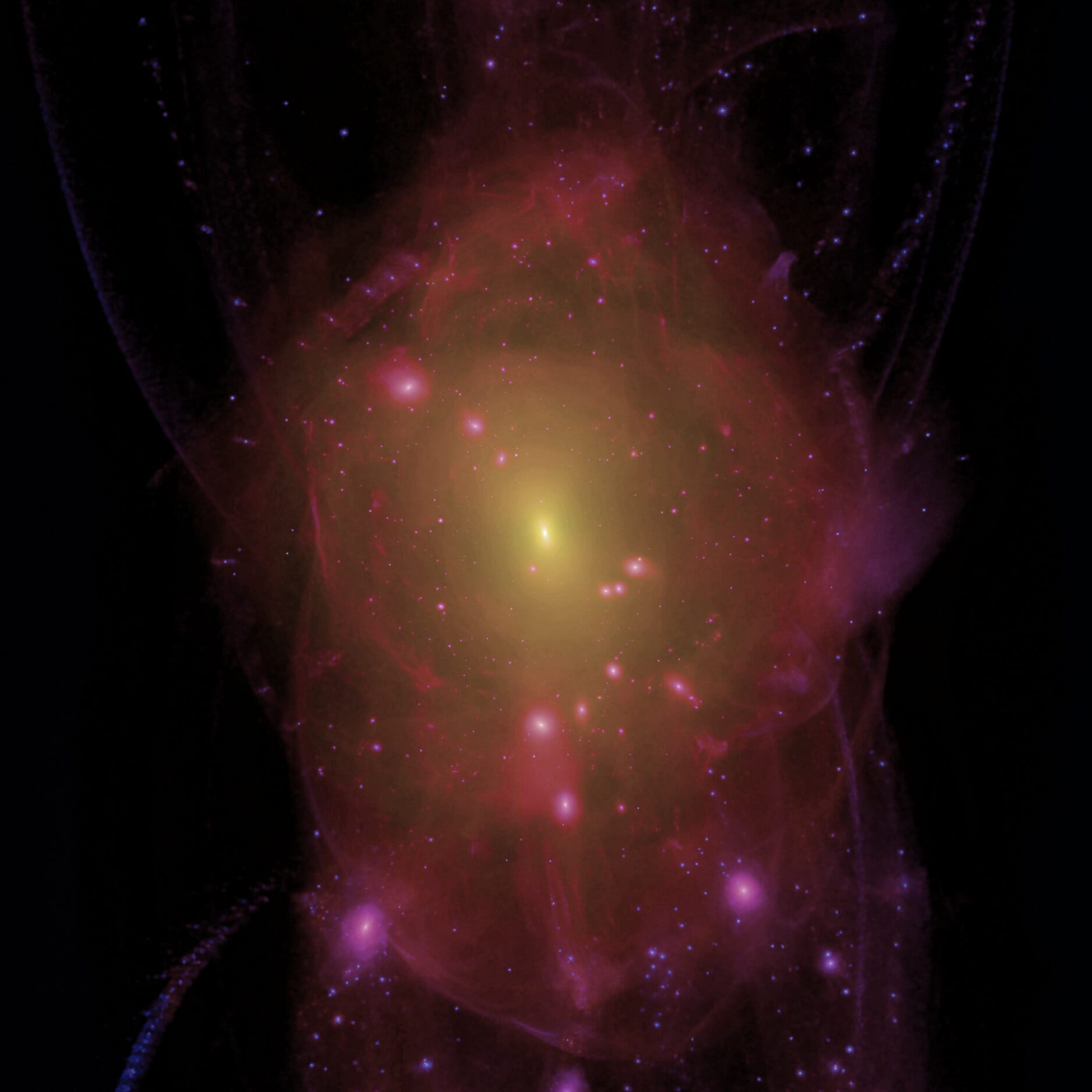JULES land surface model
The Joint UK Land Environment Simulator (JULES) is a land surface model, which calculates terrestrial energy, water, carbon and macronutrient dynamics and exchanges. It is run at a range of spatial scales, from point runs representing individual observation sites through to gridded regional and global applications.
JULES can be run as a standalone model driven with input meteorology from files or coupled to a model of the atmosphere. In coupled mode, JULES is a key component of weather forecasts and climate projections, while in standalone mode it can be used to model the impacts of weather and climate change at the land surface and build understanding of land surface processes.
These two modes of running currently use the same science code but different technical solutions for i/o and memory handling.
Current challenges for JULES modelling
Current computing architecture limits applications which are more computationally expensive or which require calculations to be performed on different meshes, for example:
- Carbon and nitrogen cycle spin up, which must be run for hundreds or thousands of model years
- Very high resolution impacts modelling, such as flood modelling at higher spatial and temporal resolution than the model grid
There is also a need to move to higher resolutions for global climate projections (as part of the coupled system) and impacts modelling (as a standalone or coupled model). While km-scale simulations can be run at local and regional scales, to achieve this globally will require either increased computational resources or increased efficiency of the JULES model.
In addition, the different technical solutions for coupled and standalone JULES mean that new scientific innovations in the standalone model are difficult to implement in the coupled model.
In recent years, the JULES model code has been developed to be used with LFRic, which will exploit upcoming advances in exascale computing. However, this has only been implemented for coupled mode, and the current standalone JULES is not compatible.
Implementation in LFRic
The ExaJULES project will develop a JULES LFRic standalone implementation, which will exploit the benefits of the LFRic infrastructure while replicating the capabilities of the existing standalone JULES. Implementation within LFRic will allow separation of concerns in the standalone model, enabling the technical infrastructure to be separated from the science code.
Working with the Hydro-JULES programme, we will scope the potential for coupling different processes on different meshes, both between the land and the atmosphere and between different land components.
To ensure that the scientific performance of JULES is preserved we will benchmark the new LFRic implementation against the existing standalone, run with identical configurations. We will also investigate potential performance gains on different platforms, including GPUs, and implement optimisation of priority regions of code.
Development of a JULES LFRic standalone will result in shared technical infrastructure for standalone and coupled runs, leading to simplified pull through of science from standalone JULES to the coupled model. It will enable exploitation of developments in supercomputer infrastructure for performance gains in standalone JULES. It will also unlock possibilities for coupling processes on different meshes, increasing model resolution and implementing new processes and exchanges.
The ExaJULES project is being led by the UK Centre for Ecology & Hydrology in collaboration with the National Centre for Atmospheric Science.


